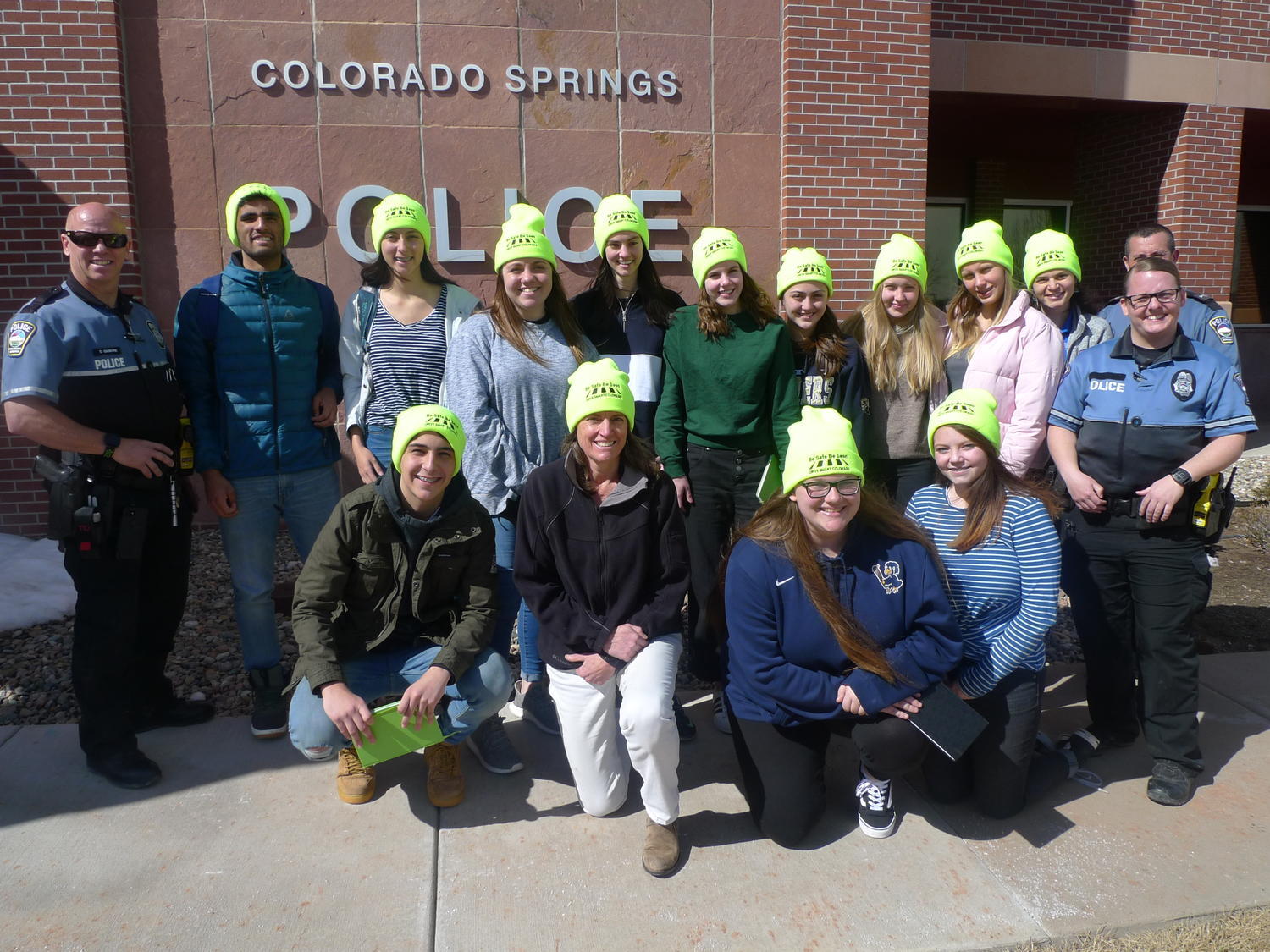
Having learned about the struggles of being homeless in days past, today we learned more about the perspective of the people who interact with homeless people to better our community. We went to the police station and received a presentation from police officers. However, it was clear these officers were not what you typically thought of when you think about the police, as their uniforms were much different. This was because they were part of the Homeless Outreach Team (HOT), and their main goal was not to patrol neighborhoods or arrest criminals, but rather to facilitate communication between the city and homeless people and only prosecute them if necessary. Annually, through police, fire, and other services, it costs $58,000 to support a chronically homeless person. As the HOT team told us, it was beneficial for everyone if the team could interact with a homeless person to connect them to services and help them rather than arrest them and continue the cycle that led to the person being homeless in the first place.
We also gained another perspective. Although we already knew about the struggles of homeless people, if we do not recognize the issue that large homeless camps can potentially bring, it would not recognize the situation accurately. By balancing our perspective with what they told us about what they do for the community, we learned more about a program that helped and how effective it was. Personally, I found the visit fascinating because it challenged my ideas about what our police department did and what a public service should do in general to help its community. Learning about the complex issue from different sides forced me to reevaluate what I thought I knew and get a deeper understanding of the issue.
How can someone who bravely served our country end up on the streets, neglected by society? This is the question we had coming into our visit to the Veteran’s Affairs homeless veterans services. As it happened, it was the same question that made our speaker choose the job she did. She told us about the causes of homelessness for this specific group of our community. Many of the causes for this group were related to their services. Trauma and PTSD prevent many veterans from being able to function normally in everyday life. To cope with these difficult mental issues, many become addicted to alcohol and drugs, further straining resources and ties with their families.
Disabilities and lack of non-military work experience can also be a barrier to reintegrating with the workforce, and it doesn’t help that many veterans do not feel like they deserve help because they did not serve long enough or were not deployed. Thankfully there were many programs that the VA does to help, the main one being a collaboration with the Department of Housing and Urban Development Voucher (HUD). This provides housing vouchers to people in need, and then veterans get the added benefit from the VA of Veterans Affairs Supportive Housing (VASH). This specifically is meant to keep veterans in this housing by providing help. These two programs go together to become HUD VASH. There were also other programs like providing housing with social workers on-site to help veterans (a new project called Freedom Springs), especially those struggling with health issues, to better take care of themselves. I remember asking our presenter what programs the VA planned to implement in the future, and I was surprised by her answer that they were planning to keep going on with their original plans. Although I was thinking that new changes would need to happen if the homeless population was rising, I found it reassuring that she had confidence in the program, but more importantly that there is a lot of work going into solutions, and committed and passionate people like here are working on these.
Follow all of the student ECS Blogs on Campus News.



